Jacquard fabrics can be divided into single color and multicolor jacquard.
Single-color jacquard is a jacquard dyed fabric—the raw fabric is first woven by a jacquard loom and then dyed, the finished fabric is solid color; multi-color jacquard is a yarn-dyed jacquard fabric—the yarn is dyed first and then woven by the jacquard loom. Therefore, the yarn-dyed jacquard fabric has more than two colors, the fabric is rich in color, not monotonous, the pattern is three-dimensional, and feels more texture.
Jacquard fabrics can generally be used as materials for high-end clothing or materials in the decorative industry (such as curtains, sofa fabrics). The manufacturing process of jacquard fabrics is complex. The warp and weft yarns are intertwined with each other to form different patterns. Soft, delicate and smooth unique texture, good gloss, good drape and breathability, high color fastness (yarn dyeing). The patterns of jacquard fabrics are large and exquisite, and the color layers are distinct and three-dimensional, while the patterns of small jacquard fabrics are relatively simple and single.
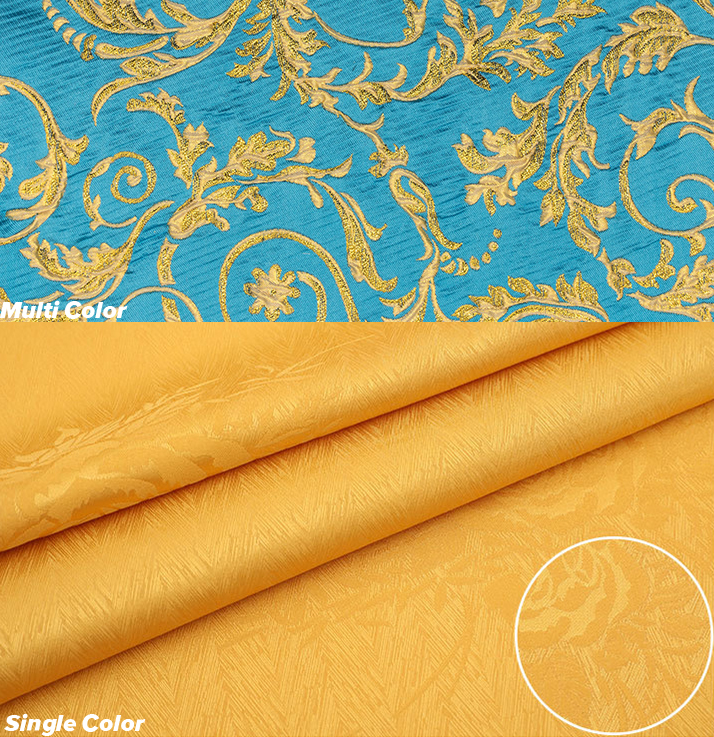
Three major techniques to form patterns on fabric
Printing is printed on the fabric by dyes or pigments, and the colors are bright and rich;
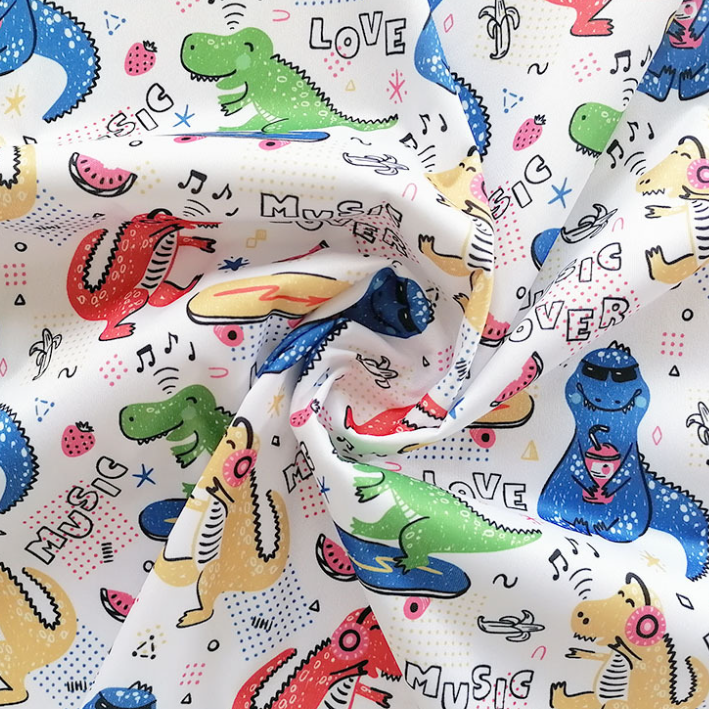
Jacquard is formed by the change of fabric structure, which has a sense of decoration and grade.
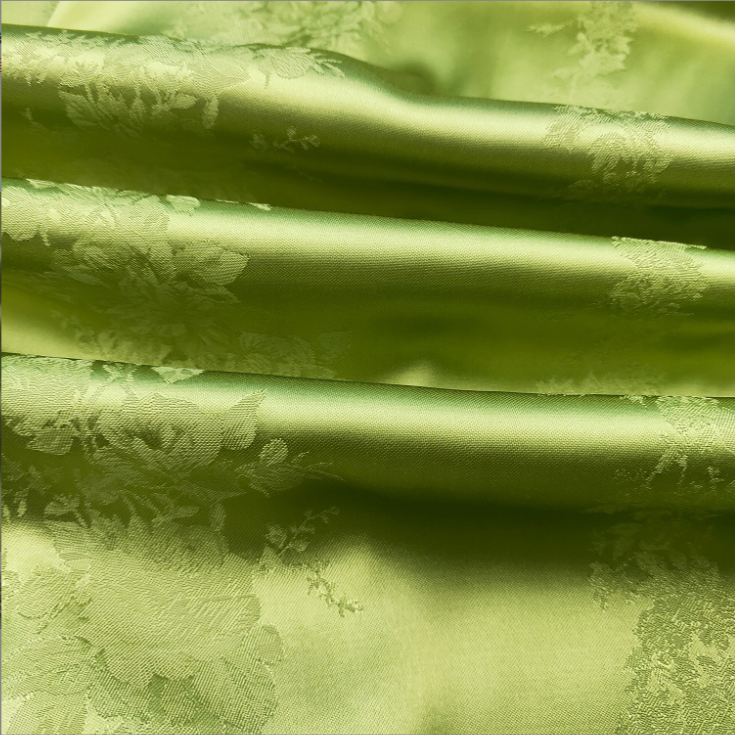
Embroidery is embroidered on fabric by embroidery thread.
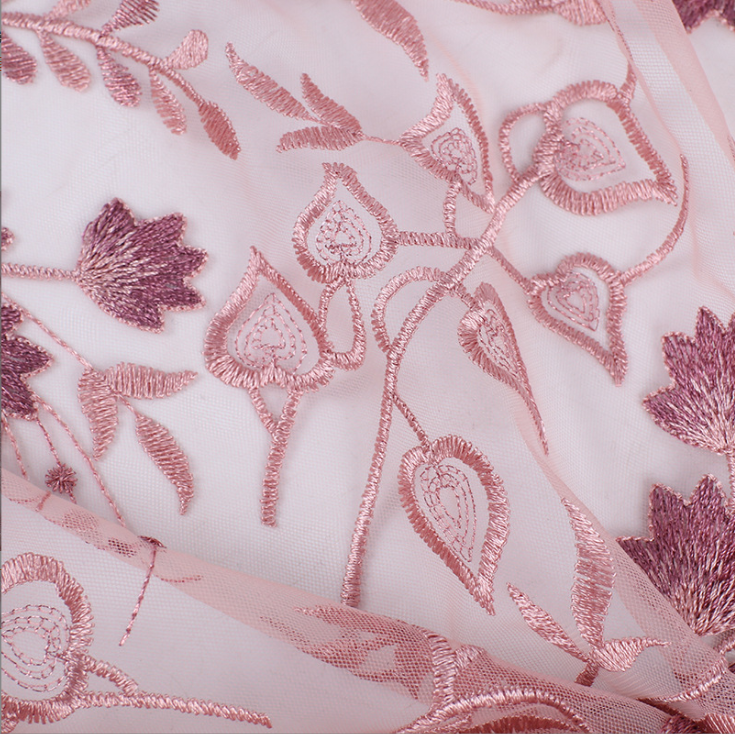
Printing is flat and is not limited by the complexity of the pattern. It is suitable for any pattern. Although the jacquard is also flat, it looks very three-dimensional due to the different reflections of the weaving threads. It cannot be applied to complex patterns, and embroidery is in Embroidered on the fabric, flexible and random.
Characteristics of "Jacquard"
The jacquard fabric looks prominent in pattern and has a three-dimensional sense. The weaving principle is to form a pattern by changing the warp and weft.
Advantages: The jacquard fabric is novel in style, beautiful in appearance, and has a concave and convex feel. Different patterns can be woven according to different fabric bases to form different color contrasts. Popular with those who are tired of the same thing and pursue innovative fashion. Visually, compared to fabrics of the same color, there will be different shades of color, and the raised color will be heavier.
In terms of its performance, the surface of jacquard is smooth like silk jacquard or cotton jacquard fabric with a silk-like luster, silky and delicate, soft, excellent in moisture absorption and breathability, light and thin, and has good thermal insulation performance. Environmentally friendly fabrics with very good texture.
Disadvantages: It is easy to fade, and it is easy to lose its elasticity after a long-time use. Excessive exposure to the sun cannot be carried out during washing.
Three different weave jacquard fabrics
Cross weave
1. Basic concept: It refers to the way of weaving fabrics with cross weave structure.
2. Production process: The weaving method is that the warp and weft yarns are interwoven with every other yarn, that is, the yarns are woven 1 up and 1 down. There are many interweaving points, the weaving points are densely arranged, and there is no difference between the front and back of the cloth. Cross weave fabrics are formed by interweaving warps and weft yarns in parallel directions during the weaving process.
3. Fabric characteristics: cross weave fabrics have a compact structure, firm texture and flat surface, but feel stiff. High-grade embroidered fabrics generally use cross weave fabrics. The shrinkage rate is relatively lower than that of twill fabrics.
Twill weave
1. Basic concept: It refers to the way of weaving the fabric with the twill weave structure.
2. Production process: During the weaving process, the warp and weft are staggered at least once every two yarns, that is, 2 up and 1 down or 3 up and 1 down; The weave points are continuous, and weaving the fabric by changing the weave layout of the fabric, the warp and weft yarns are interlaced less frequently up and down than the plain weave, and the yarns are arranged more closely, so the fabric is denser and thicker, and there are clear raised twill lines on the front.
3. Fabric features: thicker, stronger three-dimensional sense of organization.
1. Basic concept: It refers to the way of weaving the fabric with the satin weave structure.
2. Production process: in the weaving process, the warp and weft yarns are interlaced at least once every three yarns. In a complete weave structure, at least five warp/weft yarns are interlaced to form a unique pattern, which is called satin weave; The warp and weft yarns form some separate, unconnected warp and weft weave points in the fabric, the warp and weft yarns are interlaced less frequently, and the interweaving points are the least; the surface seems to have twill, but it does not have obvious twill lines like twill.
3. Fabric characteristics: The cost of satin weave products is higher than that of similar plain weave and twill weave products, the fabric density is higher, and the fabric is thicker. However, the cloth surface is smoother, more delicate, soft to the touch, good luster, bright color, good elasticity, tight texture and not easy to deform. It has a bright and smooth appearance, is more comfortable, has the softest hand feel, is heavier than both plain and twill fabrics, and has strong abrasion resistance. High-end jacquard and embroidery households often use this kind of fabric, the color is elegant and noble, with the exquisite pattern and exquisite embroidery, reflecting the high-end perfect quality.





 English
English German
German French
French Russian
Russian Spanish
Spanish Japanese
Japanese Korean
Korean Portuguese
Portuguese Ukrainian
Ukrainian Arabic
Arabic Italian
Italian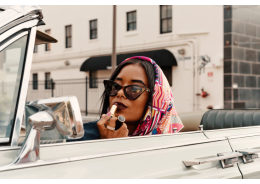











Leave A Comment